Home>Furniture & Design>Outdoor Furniture>What Are The Three Primary Necessities For Outdoor Survival?
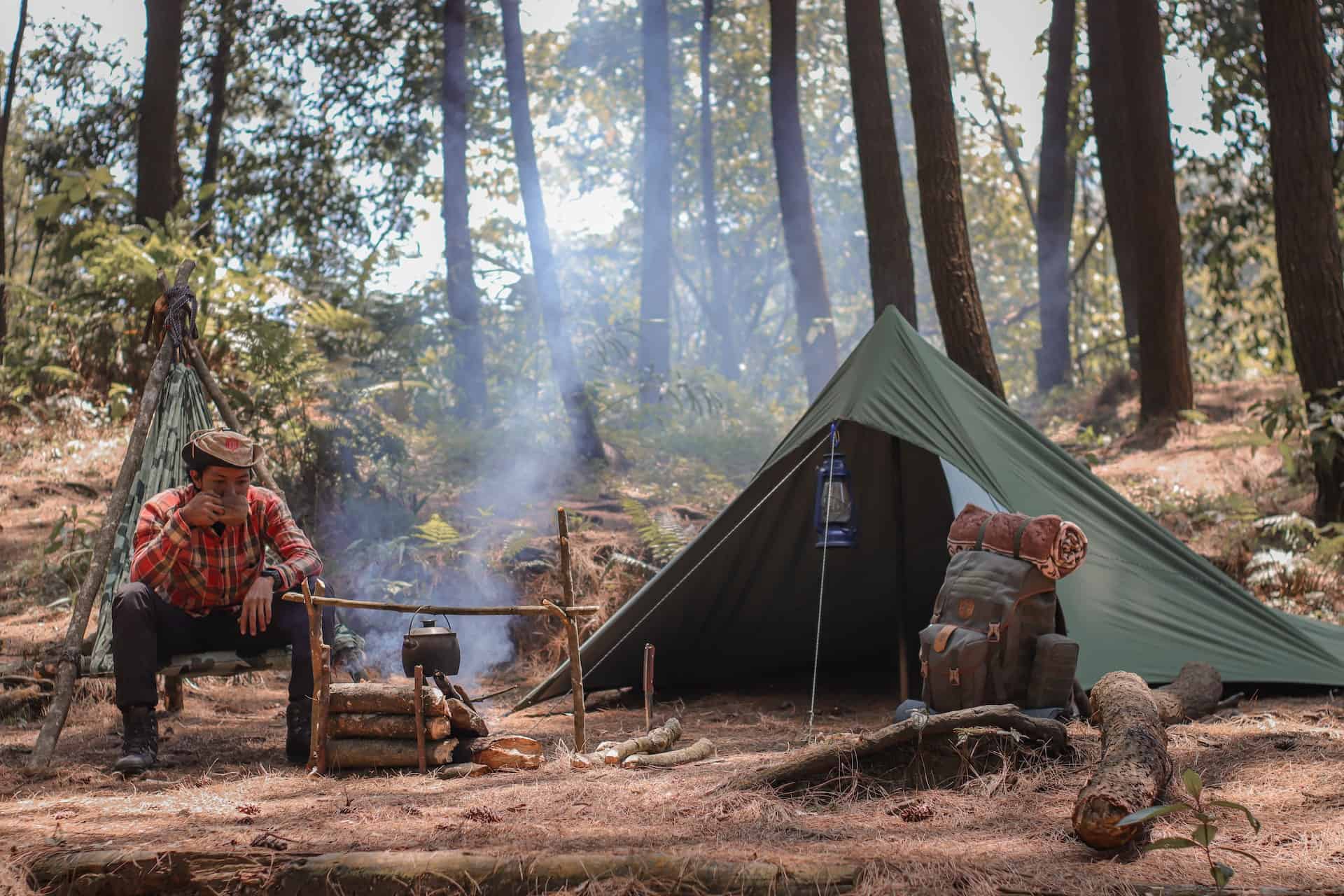

Outdoor Furniture
What Are The Three Primary Necessities For Outdoor Survival?
Published: January 15, 2024
Discover the three essential requirements for outdoor survival and find the best outdoor furniture, designs, and tips for your next adventure. Explore top-quality outdoor furniture and expert design advice.
(Many of the links in this article redirect to a specific reviewed product. Your purchase of these products through affiliate links helps to generate commission for Storables.com, at no extra cost. Learn more)
**
Introduction
**
When it comes to outdoor survival, being prepared is the key to facing the unpredictable challenges of nature. Whether you are an avid hiker, a camping enthusiast, or simply someone who enjoys spending time in the great outdoors, understanding the three primary necessities for outdoor survival is crucial. These essentials, often referred to as the "Rule of Threes," encompass shelter, water, and food. Each of these elements plays a vital role in ensuring your well-being and safety when venturing into the wilderness. By comprehensively addressing each necessity, you can equip yourself with the knowledge and tools needed to thrive in outdoor environments, no matter the circumstances. Let's delve into the significance of these fundamental survival requirements and explore how to effectively prioritize and manage them in outdoor settings.
**
Key Takeaways:
- Shelter, water, and food are the three key things you need for outdoor survival. Knowing how to find or create shelter, get clean water, and find food is super important when you’re out in nature.
- Being prepared and knowing how to take care of yourself in the wilderness is crucial. Understanding the Rule of Threes – shelter, water, and food – will help you stay safe and confident on outdoor adventures.
Shelter
**
When venturing into the great outdoors, the importance of shelter cannot be overstated. Shelter serves as a primary defense against the elements, providing protection from extreme weather conditions, such as intense heat, chilling cold, or heavy rainfall. In survival situations, having a reliable shelter can mean the difference between comfort and distress, or even life and death.
There are various types of shelters to consider, each suited to different environments and scenarios. Tents, tarps, and bivouacs are popular choices for camping and hiking, offering portable and versatile options for temporary shelter. In emergency situations, such as being stranded or lost, the ability to construct a makeshift shelter from natural materials, such as branches, leaves, and debris, can be invaluable. Understanding how to leverage your surroundings to create a protective refuge is a valuable skill for outdoor enthusiasts.
Furthermore, the significance of insulation in shelter cannot be overlooked. Proper insulation helps to retain body heat, preventing hypothermia and ensuring a stable core temperature. Insulated sleeping bags, blankets, and clothing are essential components of a well-prepared outdoor survival kit.
Moreover, when selecting a campsite, it is essential to consider factors such as terrain, proximity to water sources, and exposure to natural elements. A suitable location for setting up a shelter can significantly impact your overall safety and well-being.
Ultimately, the ability to secure adequate shelter is a cornerstone of outdoor survival. By prioritizing shelter and equipping yourself with the knowledge and resources to create and maintain it, you can navigate the challenges of the wilderness with confidence and resilience.
**
Water
**
Water is undeniably one of the most critical components of outdoor survival. The human body is predominantly composed of water, and maintaining proper hydration is essential for sustaining physical and cognitive functionality, particularly in demanding outdoor environments.
When exploring the wilderness, access to safe and clean water sources is not always guaranteed. Therefore, understanding how to identify, collect, and purify water is paramount. Natural water sources, such as rivers, lakes, and streams, can be potential reservoirs of hydration, but they may also harbor harmful bacteria and parasites. Utilizing water filtration systems, purification tablets, or boiling methods can help mitigate the risks associated with consuming untreated water.
Carrying an adequate supply of water or having the means to procure it from the environment is crucial for outdoor excursions. Hydration packs, canteens, and collapsible water containers are practical options for transporting water during hikes and camping trips. Additionally, being knowledgeable about the signs of dehydration and understanding the body’s hydration requirements in varying climates are essential for preventing water-related health issues.
Furthermore, in survival scenarios where access to water sources is limited, the ability to harvest water from unconventional sources, such as dew or vegetation, can be a valuable skill. Implementing strategies like constructing solar stills or utilizing moisture-absorbing materials can aid in procuring vital hydration when traditional sources are scarce.
By prioritizing water as a fundamental necessity and equipping yourself with the knowledge and tools to secure and purify it, you can safeguard your well-being and fortify your resilience in outdoor settings.
**
The three primary necessities for outdoor survival are shelter, water, and food. When planning for outdoor activities, always make sure to have a plan for each of these necessities to ensure your safety and well-being.
Food
**
While the human body can survive for extended periods without food, adequate nutrition is essential for maintaining energy levels, cognitive function, and overall well-being during outdoor endeavors. Understanding the principles of procuring, preparing, and preserving food in the wild is crucial for sustaining oneself in challenging environments.
Foraging for edible plants, fruits, and nuts can provide valuable sustenance in outdoor settings. However, it is imperative to possess comprehensive knowledge of local flora and fauna to distinguish between safe and toxic food sources. Carrying a guidebook on wild edibles and familiarizing oneself with indigenous plant species can aid in identifying viable food options.
In addition to foraging, fishing and hunting are traditional methods of procuring food in the wild. Packing lightweight fishing gear or small game traps can offer opportunities to supplement your food supply with protein-rich sources. Understanding basic hunting and fishing techniques, as well as local regulations and ethical considerations, is essential for responsibly sourcing food from the environment.
Moreover, having a well-stocked supply of non-perishable food items in your outdoor gear is advisable. Energy bars, dehydrated meals, and trail mix are convenient options for maintaining sustenance during hikes and camping trips. Prioritizing lightweight, nutrient-dense foods can optimize your food supply without adding unnecessary bulk to your pack.
Furthermore, understanding food preservation methods, such as smoking, drying, and salting, can extend the shelf life of perishable items and minimize food waste. Proper food storage practices, including utilizing airtight containers and protecting provisions from wildlife, are essential for safeguarding your food supply in outdoor environments.
By prioritizing food as a fundamental aspect of outdoor survival and equipping yourself with the knowledge and resources to procure, prepare, and preserve it, you can fortify your resilience and sustain your vitality during outdoor pursuits.
**
Conclusion
**
Mastering the art of outdoor survival revolves around understanding and prioritizing the three primary necessities: shelter, water, and food. These fundamental elements form the cornerstone of preparedness and resilience in the face of nature’s unpredictable challenges. By embracing the significance of shelter as a protective refuge, water as a vital source of hydration, and food as sustenance for energy and well-being, outdoor enthusiasts can navigate the wilderness with confidence and competence.
Moreover, the ability to adapt and innovate within the context of these necessities is a hallmark of effective outdoor survival. Embracing resourcefulness and leveraging one’s surroundings to secure shelter, procure water, and source food exemplifies the spirit of self-reliance and adaptability essential for thriving in outdoor environments.
Furthermore, comprehensive preparation and education are paramount in ensuring the successful management of these necessities. Equipping oneself with the knowledge, tools, and skills to address shelter, water, and food requirements empowers individuals to approach outdoor excursions with prudence and readiness.
Ultimately, by recognizing the pivotal role of shelter, water, and food in outdoor survival and cultivating a proactive mindset towards these essentials, outdoor enthusiasts can embark on adventures with a heightened sense of security and capability. Embracing the Rule of Threes as a guiding principle fosters a deeper appreciation for the interconnectedness of humanity and nature, reinforcing the profound significance of these fundamental necessities in the great outdoors.
Frequently Asked Questions about What Are The Three Primary Necessities For Outdoor Survival?
Was this page helpful?
At Storables.com, we guarantee accurate and reliable information. Our content, validated by Expert Board Contributors, is crafted following stringent Editorial Policies. We're committed to providing you with well-researched, expert-backed insights for all your informational needs.
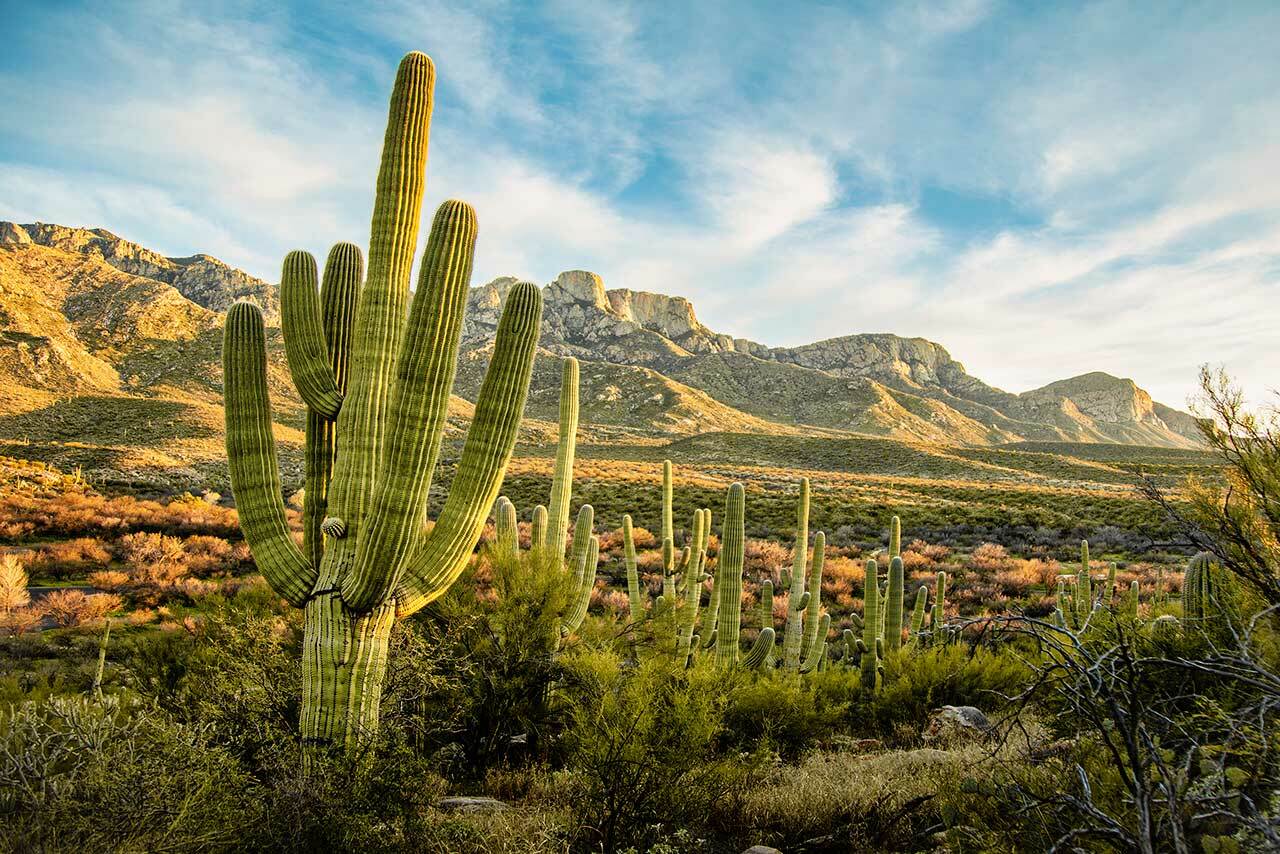








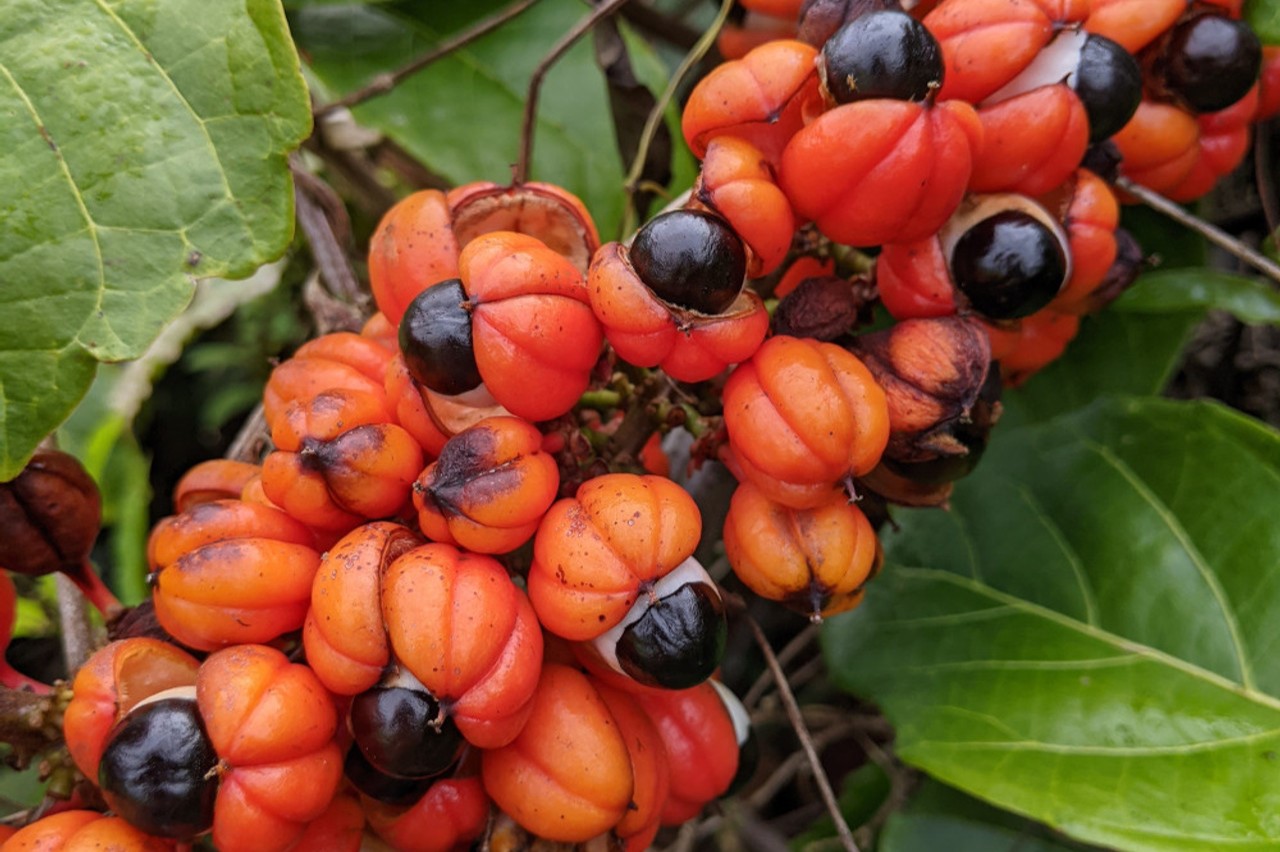

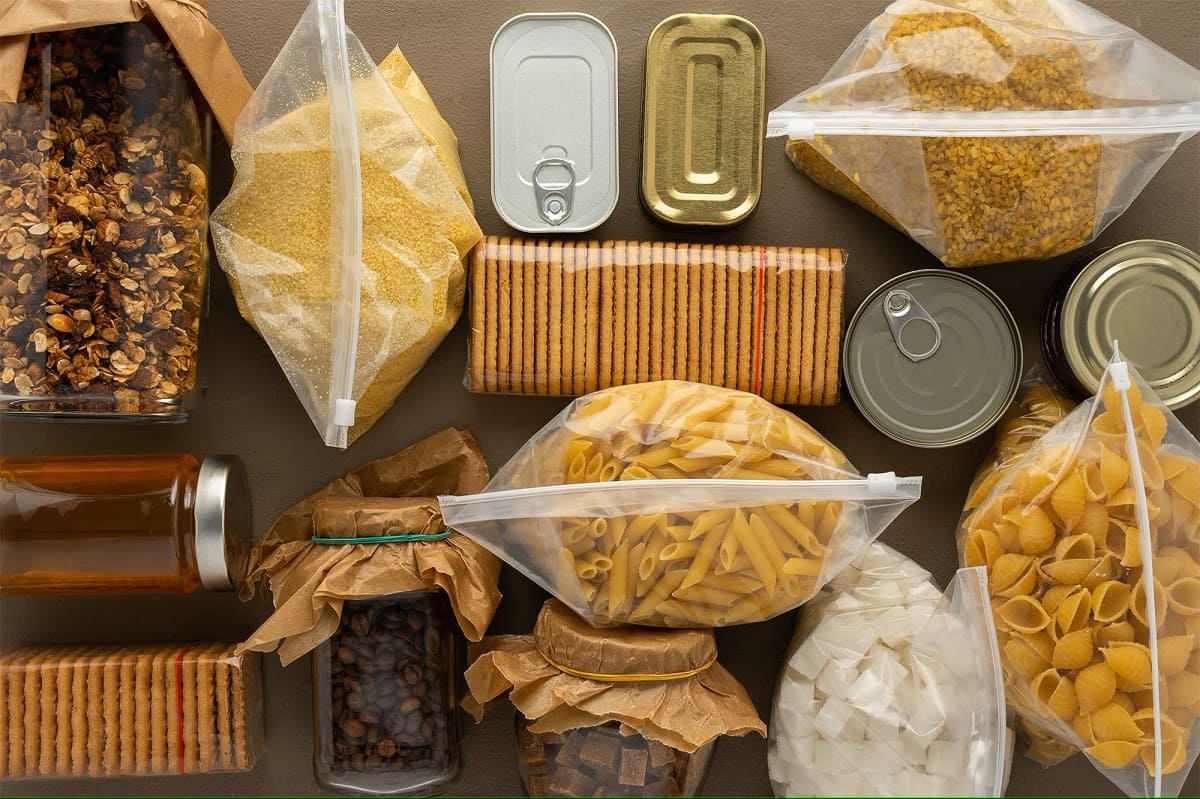

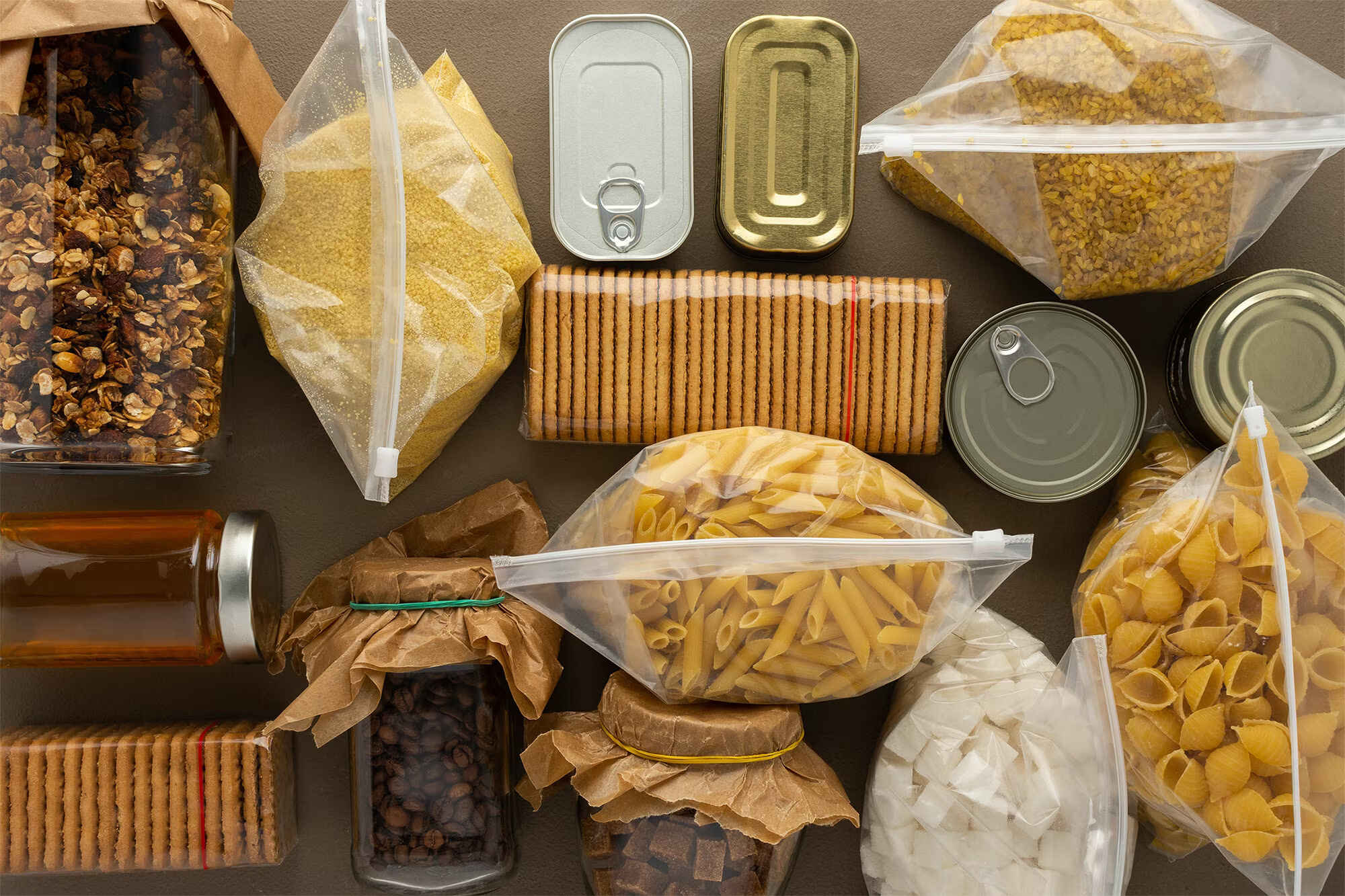
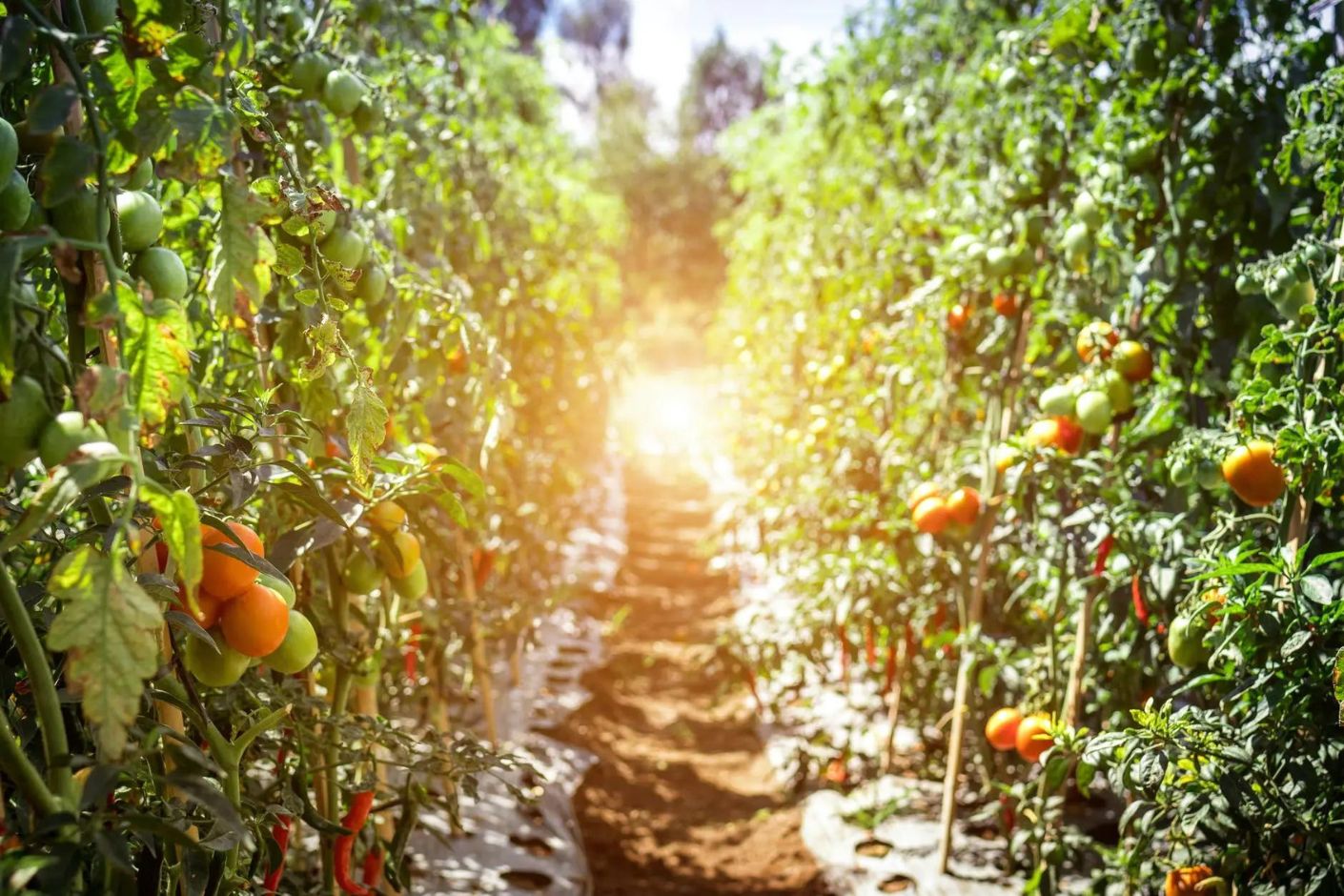

0 thoughts on “What Are The Three Primary Necessities For Outdoor Survival?”